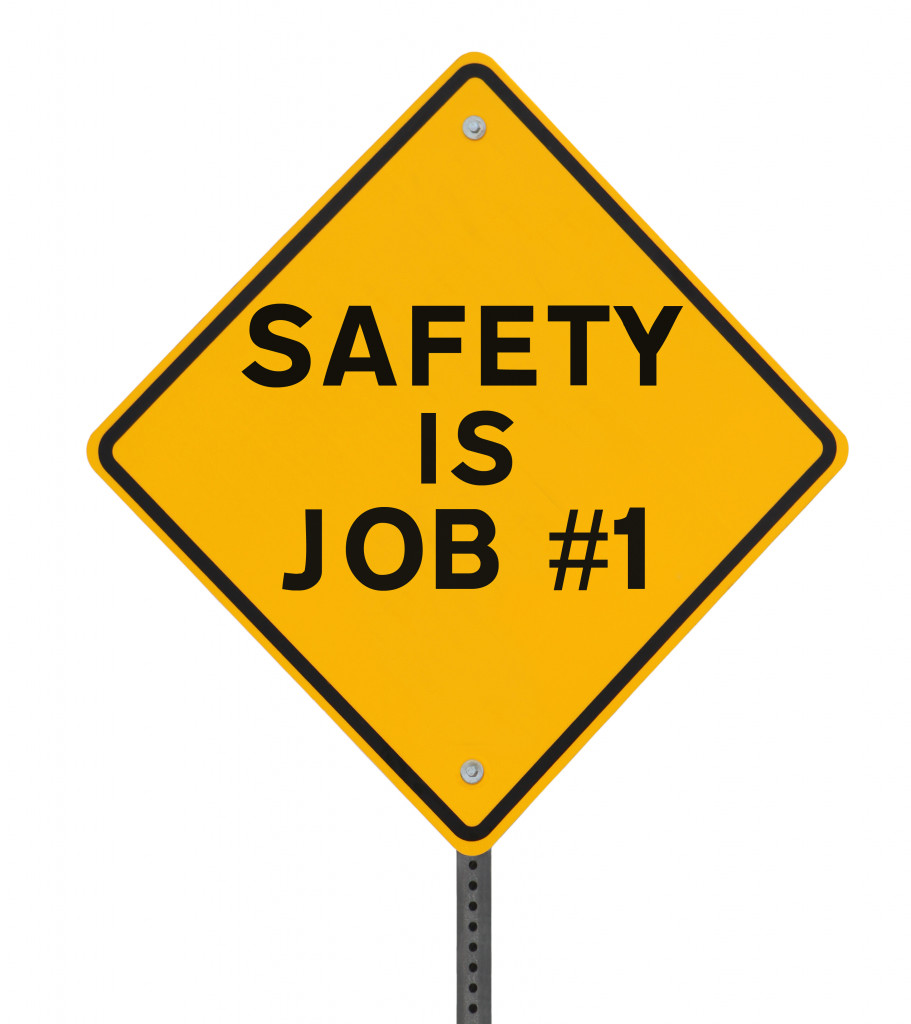Business operations are the topmost priority of every entrepreneur. However, every business owner cannot ignore their most important assets, too, their employees. The employees run the operations. They are on the front lines. They have the same weight when it comes to importance.
One way of showing your employees their worth is by ensuring their safety in the workplace. Since employees are a diverse set of workers, your safety guidelines should be inclusive. As such, some laws uphold inclusivity and keep those with disabilities safe at work.
With this in mind, how can you make sure that workplace safety can benefit all your employees? What are the things you must consider when formulating diverse guidelines? Here are four tips you can apply to ensure inclusive workplace safety:
1. Accessibility
This is pretty much a standard for all establishments, including your workplace. Your building should cater to everyone, including employees who have physical disabilities. The first thing that you should have is a wheelchair ramp. This should be for every entrance, exit, staircase, and elevated step. The facility should have signs that can be read by people who are visually impaired. You shouldn’t ignore Braille signages too. There are instances that your line of business also caters to the hearing impaired and mute. Make sure other employees are well-trained to communicate with them. Make your establishment more inclusive when it comes to accessibility options.
2. Prioritizing Cleanliness
The COVID-19 virus has shifted the world’s perception of sanitation. People started from simple hand washing to singing “Happy Birthday” while doing it. It’s a good practice, especially in the workplace. Cleanliness in the workplace is essential since employees interact with each other. However, you have to ensure that these protocols are available to everyone. Your physically disabled employees should not be left out. They should have access to facilities that’ll make it easier for them to practice health protocols. Examples of this are automated alcohol/hand soap dispensers, sensor-operated faucets, and more. Bidets are also beneficial for some disabled people. It should not be hard for all employees to practice minimum health standards in the workplace.
3. Reliable Emergency Plans

One of the worst-case scenarios you don’t want to happen in the workplace is an emergency. Natural disasters like earthquakes and bad weather are inevitable. In this case, you should have dependable emergency exit plans. Your current floor plan might only work for non-disabled people. Or maybe part of it might work for people with physical disabilities. However, the goal is to make your emergency exit plan safe for everyone. What you have to do is ensure all emergency exits have wheelchair ramps. Use Braille signage and sign language if necessary. Make sure that nothing blocks any passages that lead to the building exits. Employ cleaning contractors such as parking lot sweeping services. This is to keep the premises free from things that will hinder safe emergency exit practices. Your whole workplace should also have a regular emergency drill. All building personnel and employees should practice this for all kinds of unanticipated circumstances. The last thing you want to happen is your emergency exit plans incurring injury to anyone.
4. Safe Spaces for Everybody
Many have said about maintaining physical safety in the workplace. Your decisions are commendable if you’ve managed to follow a standard floor plan and building structure. However, making people with disabilities feel safer in the workplace doesn’t end there. They can be safe physically inside the establishment that you built. But are they going to be safe emotionally too? The best thing to do is start training everyone about inclusivity in the workplace.
The training course should make employees aware of what and what not to do around people who are disabled. This should also emphasize another thing. These are all the ways non-disabled people can help people with disabilities carry out their work tasks if needed. Your employees should know how to treat every employee correctly. Topics such as courtesy and issues minorities in the workplace are facing should all be covered. Training employees about all these can promote a harmonious work environment. Not just that, but it will protect each employee from any instance of maltreatment in the building. There’s nothing more rewarding for an employee than working in a place where their rights are recognized.
Workplace safety is your responsibility as a business owner. Practicing this will say so much about how you treat your employees. It’s not enough to accept a diverse set of people to run your business. You should also keep in mind that everyone in your building should be safe and work in peace.




